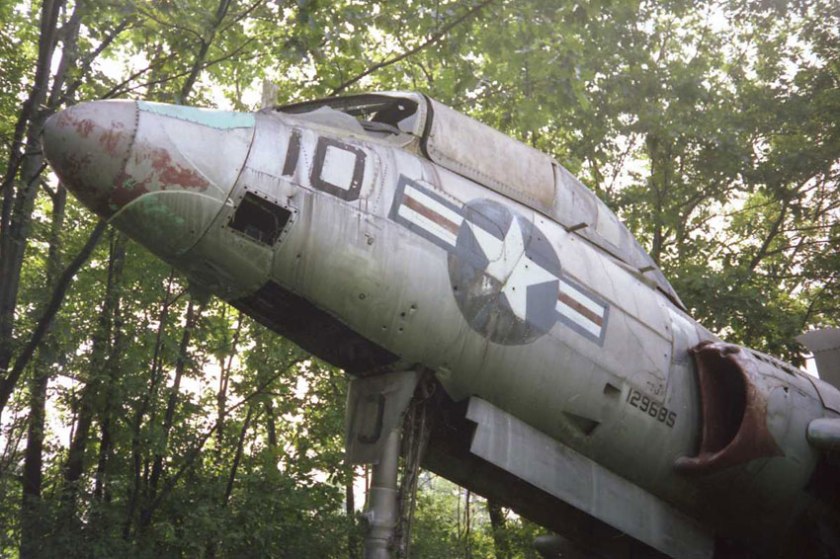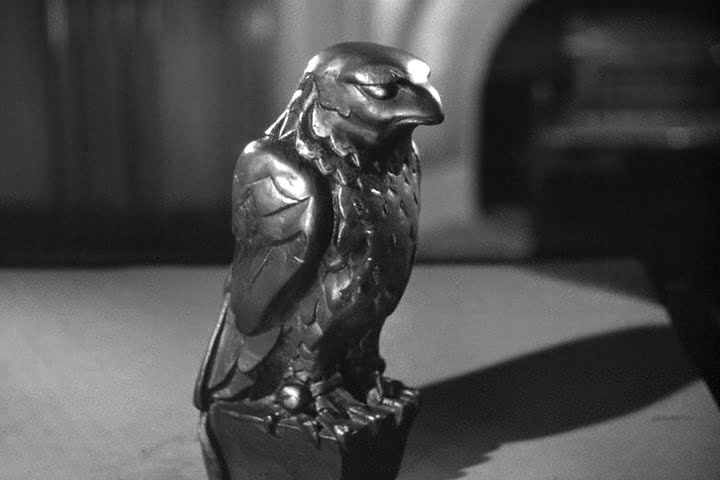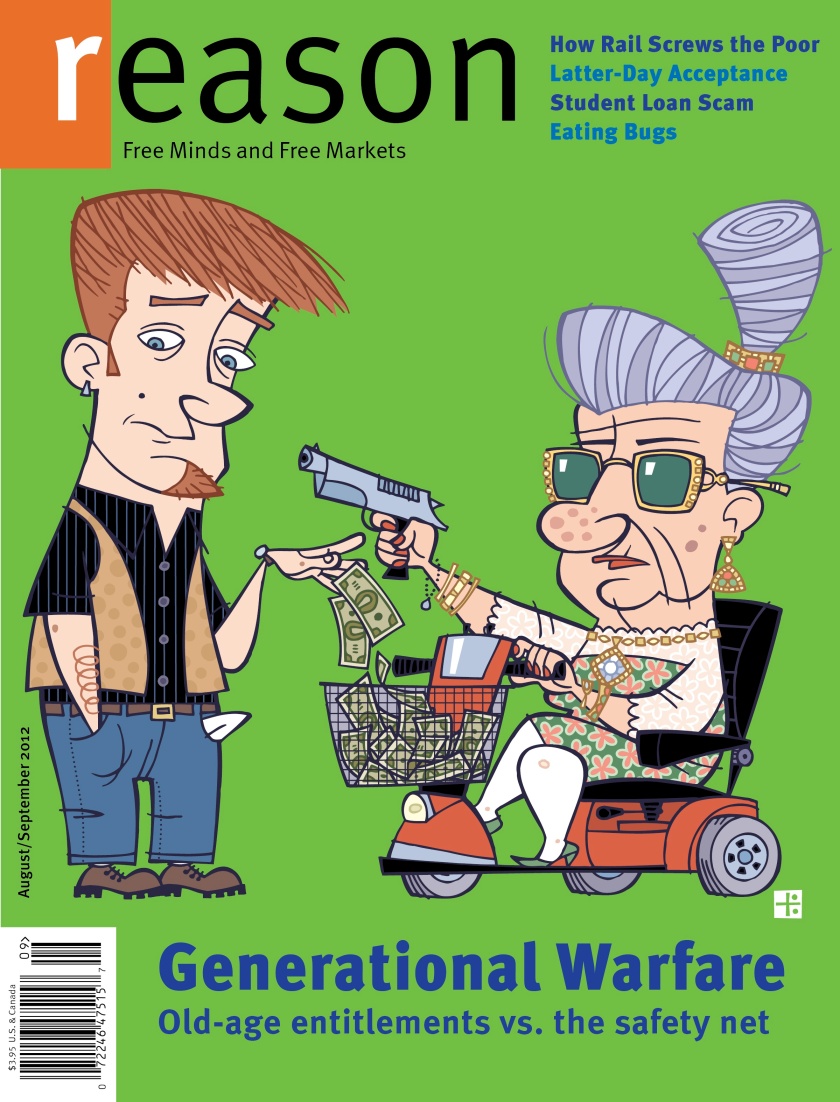
I heard a report from that stupid conference the HIIMS held last week about the so-called “impacts” of the Netflix miniseries Murder Mountain. From what I heard in the report, people in the cannabis industry worry a lot about their image. Instead of prosecuting the violent criminals in our community, it’s more important to the industry to convict the media for drawing attention to the murders they’d rather sweep under the rug. It seems shocking, but non-events like this recent conference, and the “SoHum Values Conference” that happened a couple years ago, offer incontrovertible objective evidence that the cannabis industry cares a lot about the image it projects. I don’t ever remember having a conference like this to address the problem of violence within the marijuana industry? As I noted last week, the industry obviously cares more about how they are portrayed in the media than they do about real murder and violence within their community.

One should remember that the people who built the marijuana industry, built it on top of an enormous mountain of dead bodies called “The War on Drugs.” To this day, most Humboldt growers refuse to acknowledge that the price they were able to demand for their product on the black market had anything to do with the human costs of the War on Drugs. They’ll tell you that the price they get is all about the quality of their product. This kind of delusional thinking pervades the industry here, and while this denial of reality allows growers to ignore the dark side of this business and helps them cope with the stress of the War on Drugs, it does not help them evaluate their business plans realistically.

Blood stains every single dollar of black-market marijuana money. The bloodbath called “The War on Drugs” makes the Manson murders look like innocent children finger-painting by comparison, and Humboldt County’s marijuana industry was born of it, and in the middle of it. People get killed every day, all across the country, to keep the price of cannabis high, and a lot of those people died right here in this community. The War on Drugs wounded us all in some way. We all lost family members, friends and loved ones in it, and it continues to destroy people’s lives today. At least four people, working in the cannabis industry, were murdered in SoHum in 2018.

Those are the facts of life about Humboldt County’s marijuana industry, because that’s the truth about the War on Drugs. We all know how much blood there is in that marijuana because it is our blood! That’s why the marijuana industry cannot just reinvent itself as “the cannabis industry,” all innocent, clean and new. Anyone who associates the name “Humboldt” with marijuana remembers the War on Drugs. We know! We all know the truth about the War on Drugs in our bones!

For us, cannabis is sacrament. That’s why we found it more valuable than gold, and why the risks you took were rewarded so handsomely. Cannabis is more valuable than gold, because only fools worship gold, but cannabis is not rare, nor is it difficult to produce, so there’s no excuse for high prices. We are not impressed by your expensive display cases, slick marketing lingo or environmentally egregious packaging. That stuff just reminds us that you still make too much money from our blood. We might buy your weed, if it’s the best we can find for the money, but we don’t buy your bullshit.

Try as growers might, to “tell their own story,” that story will remain nothing but a fairy tale from Never Neverland if it doesn’t connect to the facts of life, and the facts of life about Humboldt County’s cannabis industry are intimately entwined in the deadly branches of the War on Drugs. The only real option for Humboldt County’s cannabis industry is to face facts, admit to, and take responsibility for the murder, violence and trauma that the black-market marijuana industry brought to our community and the toxic environment it created here, and in communities all over the country. If Humboldt’s cannabis industry wants to lay claim to the back-to-the-land ideals of their hippie elders, they also need to take responsibility for the war crimes of the outlaw black-market marijuana industry that followed.

It’s going to take real effort to make amends, restore justice and heal wounds to show that the cannabis industry acknowledges its origins and stands willing to take responsibility for its past. If the industry did that, even a little, in a tangible way, they could promote those efforts widely, and use them to rehabilitate their image and their heritage.

That is how you show the world that Humboldt County’s cannabis industry has a conscience and cares about making the world, and our community, a better place to live. But it all starts by facing up to the harm that the War on Drugs has done to our community, and accepting responsibility for it.






























